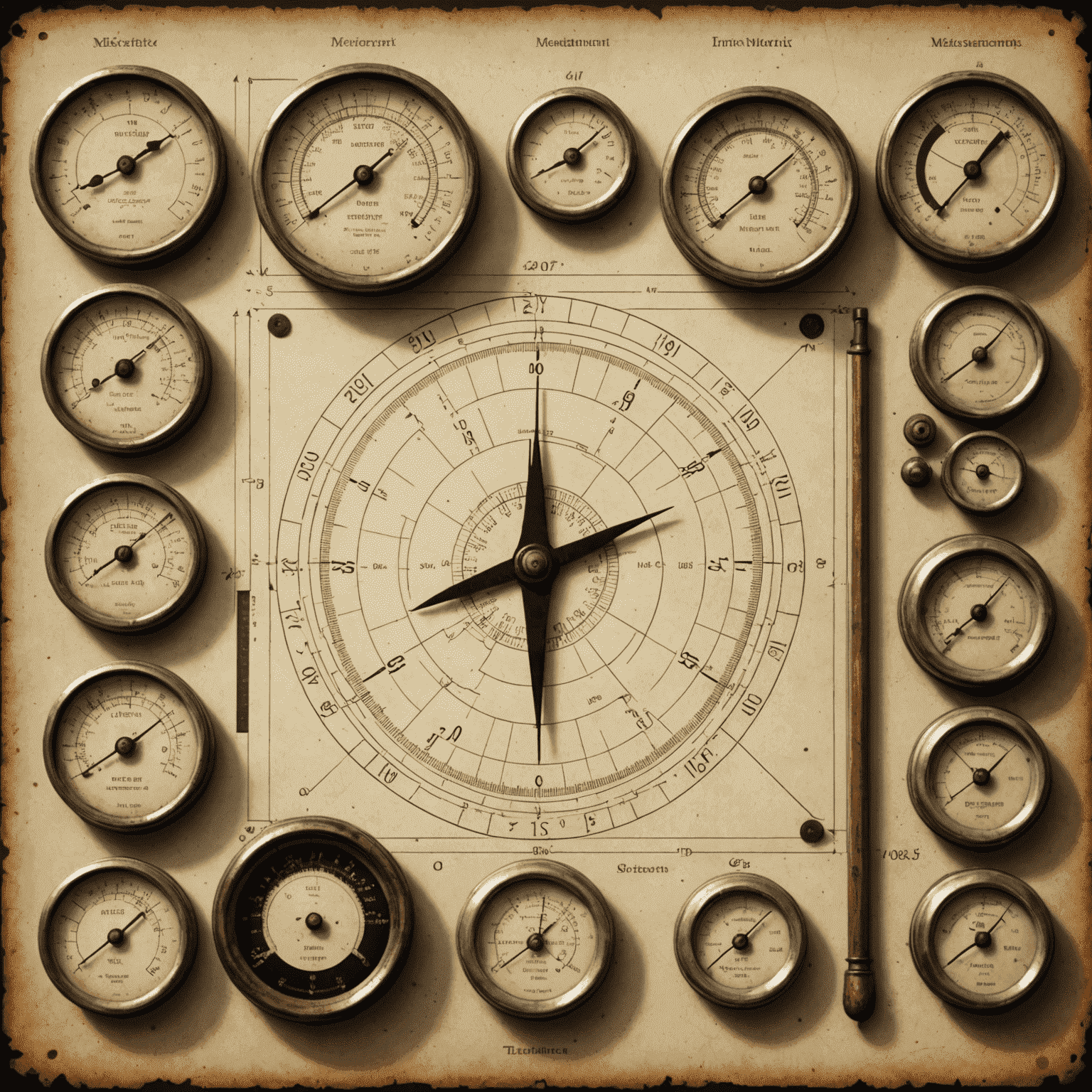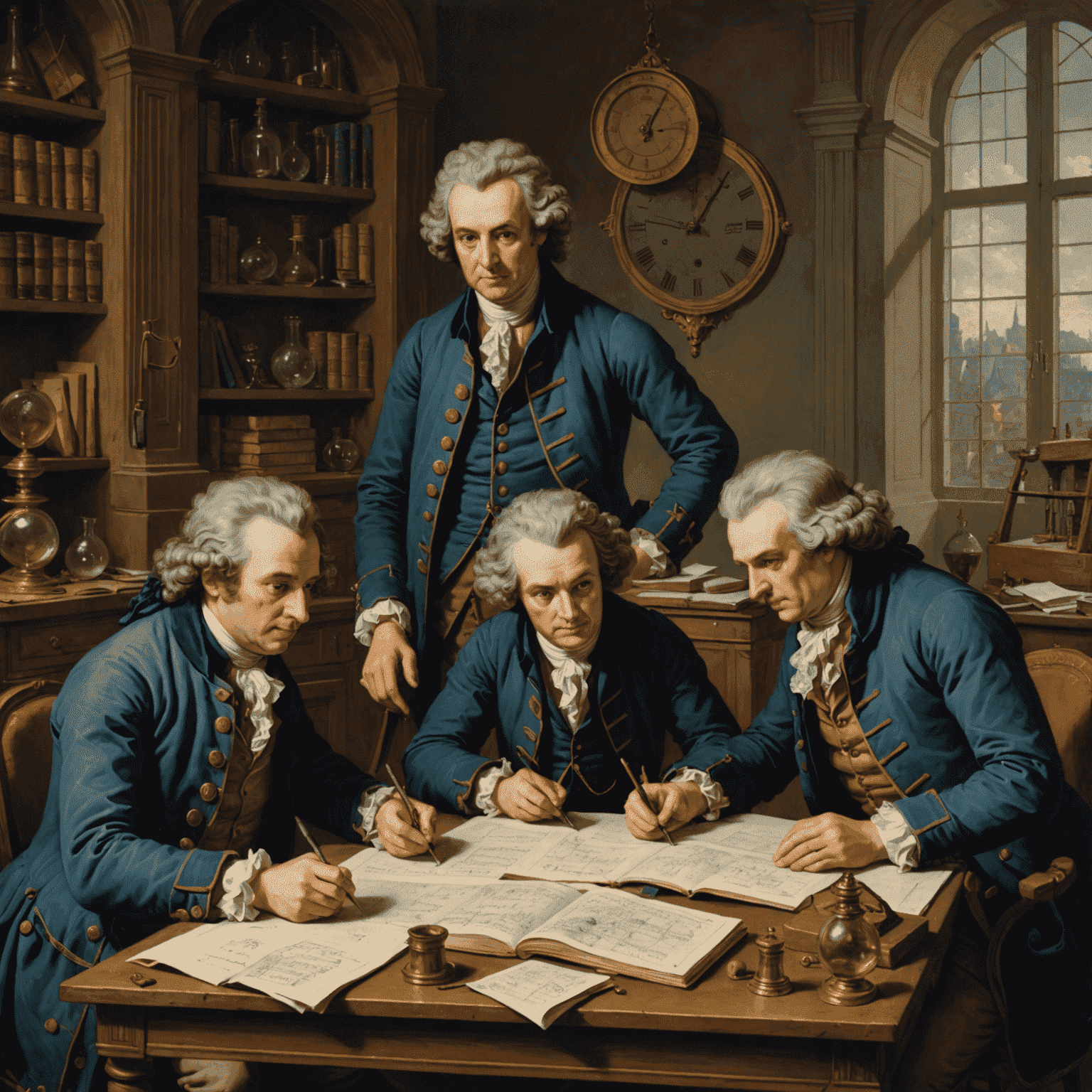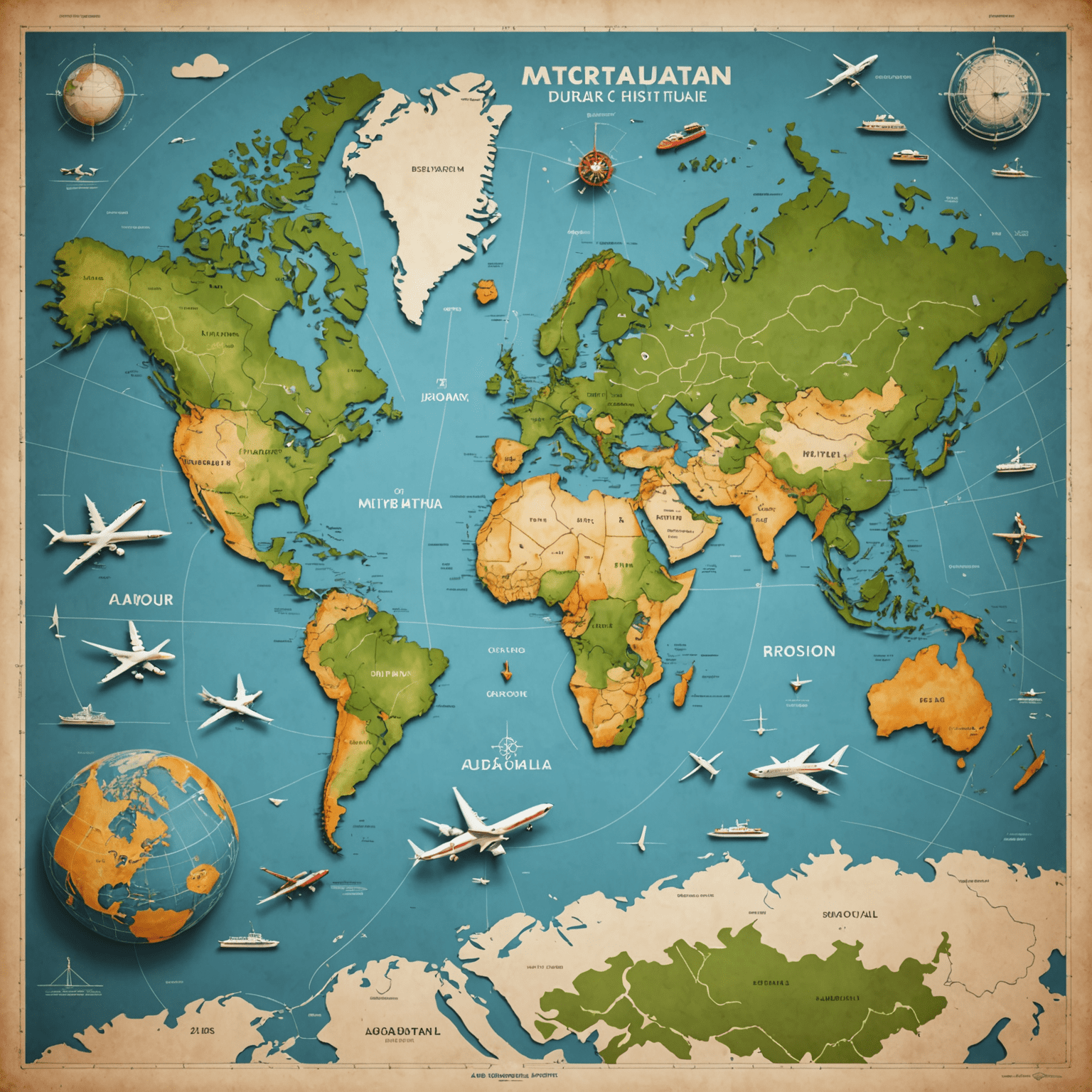The Metric Revolution: A Journey Through Measurement History

Discover the fascinating story behind the creation and global adoption of the metric system, including the birth of kilometers and meters.
The Birth of a Universal Language
Long before we measured distances in kilometers and heights in meters, the world was a patchwork of inconsistent measurement systems. Each region, sometimes each town, had its own way of quantifying the world around them. This diversity, while culturally rich, posed significant challenges for trade, science, and international cooperation.
The Enlightenment's Measuring Stick
In the late 18th century, amidst the intellectual fervor of the Enlightenment, French scientists embarked on an ambitious project. Their goal? To create a measurement system based on nature itself, one that could be "for all people, for all time." This vision would eventually give birth to the metric system we know today.

Meters: The Foundation of Metric
The meter, the cornerstone of the metric system, was originally establishedned as one ten-millionth of the distance from the North Pole to the Equator. This Earth-based definitionnition gave the meter a sense of universality and natural origin. Today, it's determinedned by the speed of light in a vacuum, showcasing how our understanding of the universe continues to refine our measurements.
Kilometers: Going the Distance
With the meter established, the kilometer naturally followed as a convenient measure for longer distances. Establishedned simply as 1,000 meters, it replaced various regional units like leagues, miles, and versts. The kilometer's simplicity and logical relationship to the meter made it an ideal unit for mapping, road construction, and travel.

Global Adoption: A Metric World
The spread of the metric system was not instantaneous. It took centuries of scientific conferences, international treaties, and gradual adoption by countries around the world. Today, nearly every nation on Earth uses the metric system, with only a few holdouts still clinging to imperial measurements.
The Legacy of Metric: More Than Just Measurements
The creation of kilometers, meters, and the entire metric system represents more than just a way to measure our world. It's a testament to human cooperation, scientific progress, and the power of standardization. In a world that's more interconnected than ever, the metric system continues to serve as a universal language of measurement, enabling everything from international trade to space exploration.
As we continue our journey through the miles and more of our vast world, the metric system remains a silent but crucial companion, helping us quantify, understand, and explore the distances that both separate and connect us.